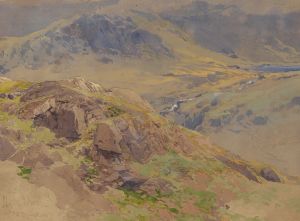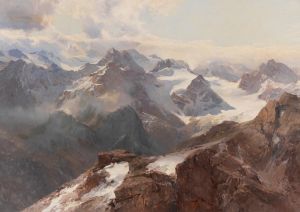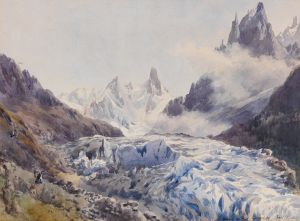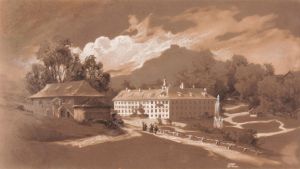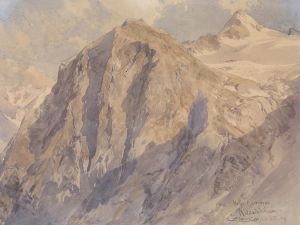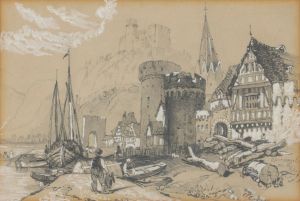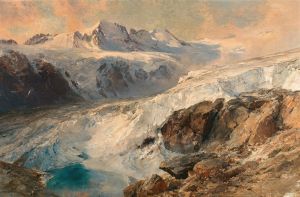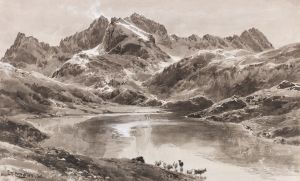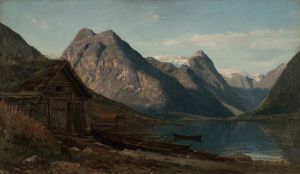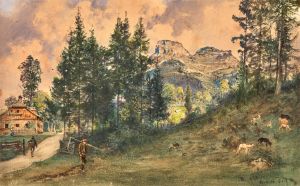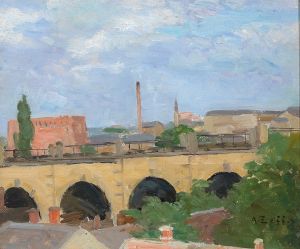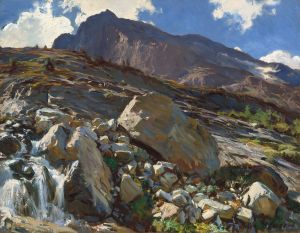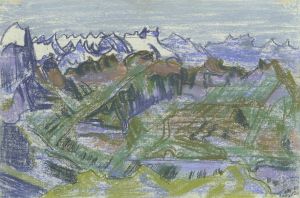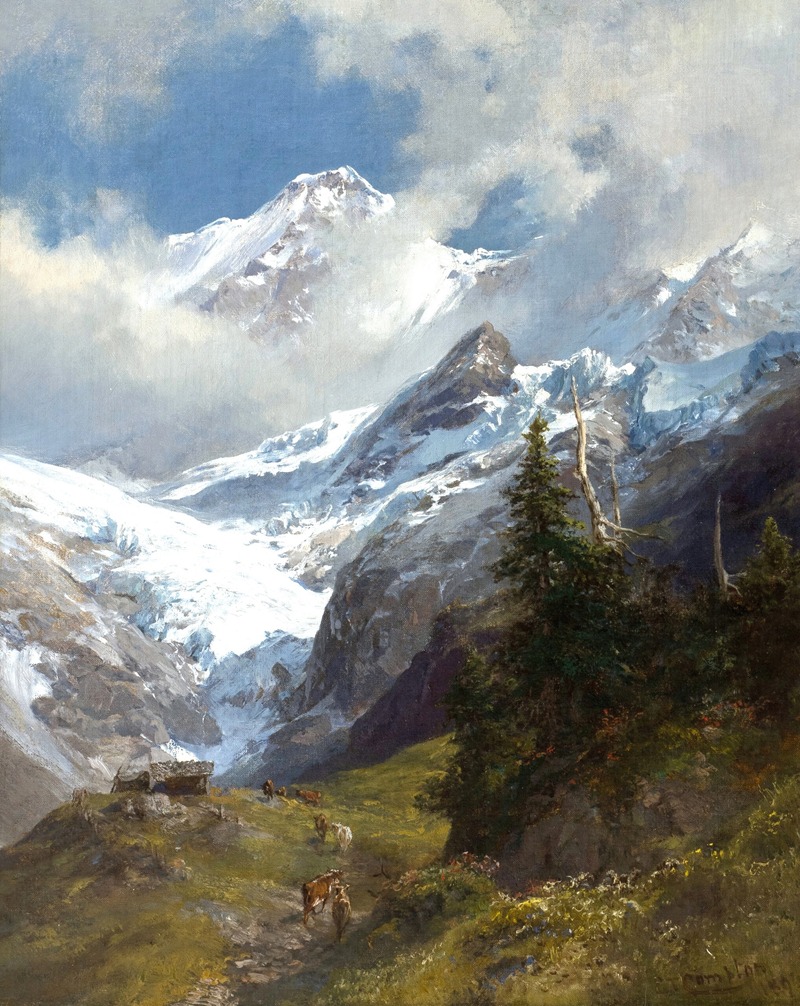
Hochgebirgslandschaft mit Gletscher
A hand-painted replica of Edward Theodore Compton’s masterpiece Hochgebirgslandschaft mit Gletscher, meticulously crafted by professional artists to capture the true essence of the original. Each piece is created with museum-quality canvas and rare mineral pigments, carefully painted by experienced artists with delicate brushstrokes and rich, layered colors to perfectly recreate the texture of the original artwork. Unlike machine-printed reproductions, this hand-painted version brings the painting to life, infused with the artist’s emotions and skill in every stroke. Whether for personal collection or home decoration, it instantly elevates the artistic atmosphere of any space.
Edward Theodore Compton was a distinguished English-born artist renowned for his landscape paintings, particularly those depicting the majestic alpine scenery. One of his notable works is "Hochgebirgslandschaft mit Gletscher," which translates to "High Mountain Landscape with Glacier." This painting exemplifies Compton's profound appreciation and understanding of mountainous terrains, a subject that captivated him throughout his artistic career.
Compton was born on July 29, 1849, in Stoke Newington, London. He developed an early interest in art and the natural world, which was further nurtured by his family's move to Germany in 1867. This relocation played a pivotal role in shaping his artistic focus, as it brought him closer to the awe-inspiring landscapes of the Alps. Compton's fascination with mountains was not limited to painting; he was also an avid mountaineer, which allowed him to experience the alpine environment firsthand and translate that experience onto canvas with remarkable accuracy and detail.
"Hochgebirgslandschaft mit Gletscher" is a testament to Compton's skill in capturing the grandeur and sublime beauty of high mountain landscapes. The painting features a dramatic portrayal of a glacier, set against the backdrop of towering peaks. Compton's use of light and shadow effectively conveys the texture and form of the ice and rock, while his meticulous attention to detail brings a sense of realism to the scene. The composition is both dynamic and balanced, drawing the viewer's eye through the landscape and inviting them to explore its depths.
Compton's work is characterized by his ability to convey the scale and majesty of the mountains, often highlighting the interplay between light and the natural elements. His paintings are noted for their atmospheric quality, capturing the ever-changing moods of the alpine environment. This ability to depict the ephemeral nature of light and weather conditions is a hallmark of Compton's style and contributes to the enduring appeal of his landscapes.
Throughout his career, Compton traveled extensively across the Alps, painting scenes from various regions, including the Dolomites, the Bernese Oberland, and the Tyrol. His dedication to mountaineering not only informed his artistic practice but also earned him respect within the mountaineering community. Compton's dual passion for art and climbing allowed him to access remote and challenging locations, providing him with unique perspectives that he translated into his work.
Edward Theodore Compton's contributions to landscape painting have been widely recognized, and his works continue to be celebrated for their technical excellence and emotive power. "Hochgebirgslandschaft mit Gletscher" stands as a prime example of his ability to capture the essence of the alpine world, reflecting both his artistic talent and his deep connection to the mountains he so loved.
Compton passed away on March 22, 1921, in Feldafing, Germany, leaving behind a legacy of breathtaking landscapes that continue to inspire and captivate audiences. His paintings remain a testament to the beauty and majesty of the natural world, as well as to the artist's enduring passion for the high mountains.





